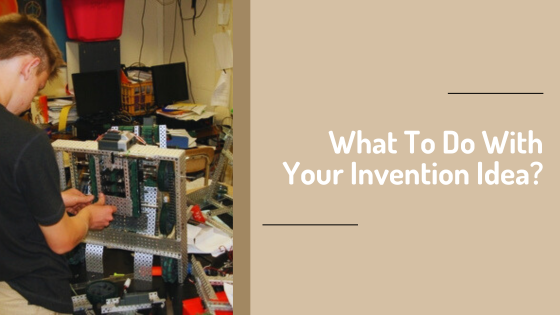
The Invention Process Stages
The process starts with the initial spark and extends to patenting your invention and marketing it. This might sound a bit daunting, but let’s break down the invention process into a few stages:
Idea Generation: The most energetic step in the process. Here, you use your imagination to think up a groundbreaking, new product.
Concept Development: You take your initial idea and turn it into an actionable concept. This means fleshing out your idea into something tangible.
Research: Time to do the homework. Look into what’s already out there. Make sure that your idea is indeed unique and there isn’t a product similar or identical.
Prototype Development: Next, create a prototype or sample of your product. This will help you identify any flaws or aspects you might need to improve.
Patenting: Now, protect your invention through the United States Patent and Trademark Office or the relevant body in your country.
The process can sound strenuous, but remember that every successful invention in history has gone through similar stages. It might not be easy, but the fulfillment that comes from seeing your idea become a reality is what drives inventors worldwide. But, what now? What to do with your invention idea?

What Can You Do With Your Invention Idea?
Now you’ve created your invention, but what’s your next step? How to get your invention made?
You have a few options. You can try to get your product manufactured yourself, you can find an existing company that will make it for you, or you can license the rights to your invention idea to other companies. The latter two options are more common than the first one because they offer more ways for you to profit from your creation.
It is advisable to consult with professional invention companies like InventHelp before making any decisions about your invention idea. They can help you determine whether it’s worth the effort to make and market your product, or if there are other options that would be more profitable for you.
InventHelp can help you decide whether to make your product yourself or license it to someone else. If you choose to make and market your invention, they can help you find a manufacturer and provide other services like patenting and trademarking.
Conclusion
In conclusion, the invention process can be hard because it involves a lot of work including brainstorming, refining, researching, and filing for a patent. However, once you have your invention, there are numerous avenues you could explore to bring your concept to life or monetize your ingenious idea.





